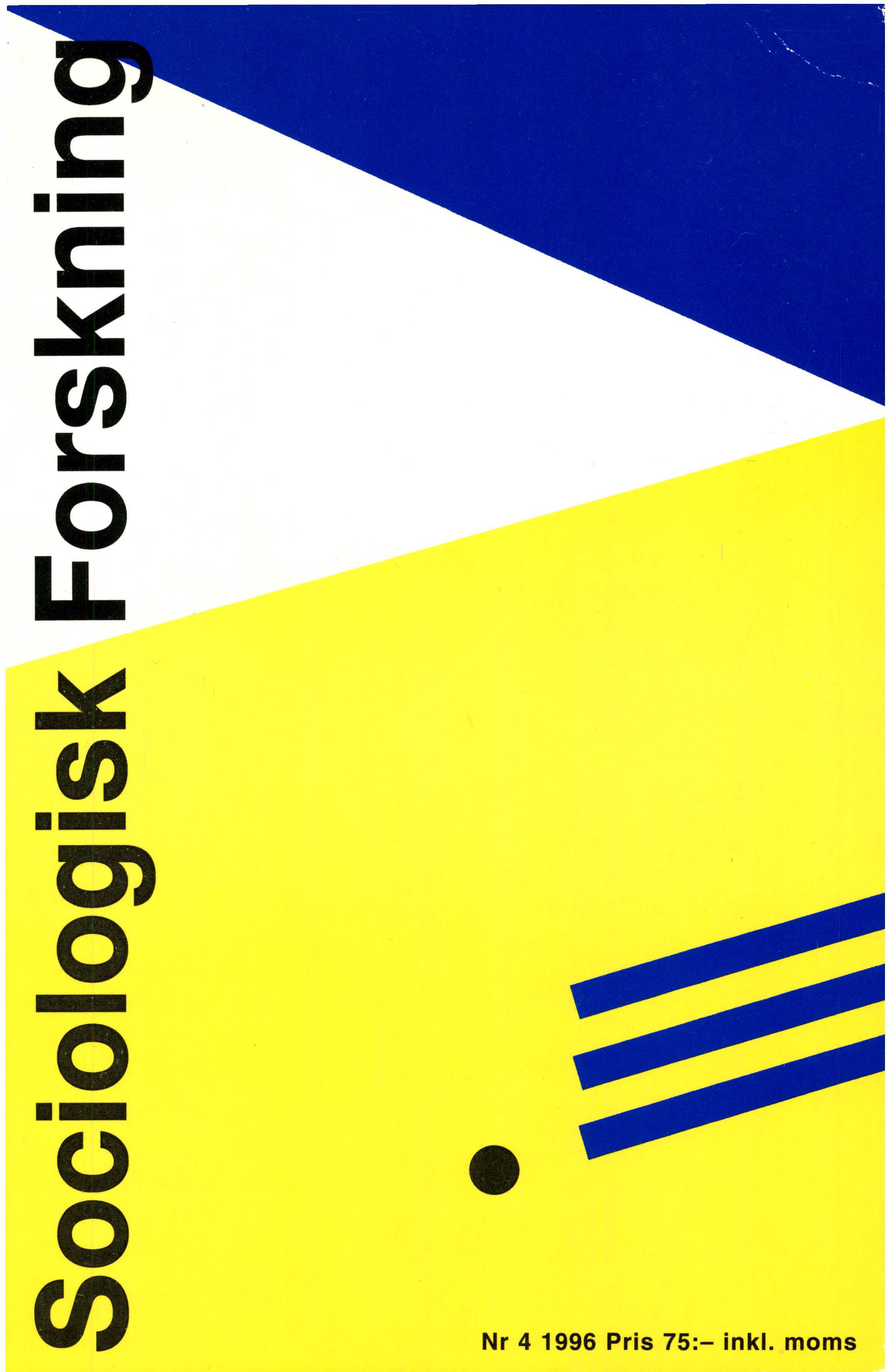Från hemmafru till autentisk människa
Kärlek och reklam i Vecko Revyn 1942-94
DOI:
https://doi.org/10.37062/sf.33.18570Abstract
This article is based on a study of advertising and material covering ”existential issues”, such as love, sexuality and the body in a Swedish young women’s magazine ”Vecko Revyn”. The period studied runs from 1942-94.
It’s main argument is that the representation of female identity has gone through three distinct phases: During the 1940-50’s, the subject of these discourses was represented as a ’type’ who was attributed needs for commodities as well as romantic emotions with reference to expectations contained in a certain social role. During the 1960-70:s she was represented as an individual who’s primary concern was to express her own individuality. During the 1980-90:s, finally, she became an authentic ”person” concerned not only with expressing, but also with finding her own subjectivity.
A similar development has been a core assumption of some recent sociological theories particularlyemployed within the field of youth research. There it has been argued that individual identity has become to a lesser extent determined by social structure and to an increasing extent the product of a ”reflexive” process of identity formation, leading to an overriding concern with subjective authenticity. Although the observations presented indeed seem to give some additional credibility to such an assumption, it is argued that these changes - at least as far as advertising goes, might be better explained by innovations in the techniques of representation employed by the advertising industry.
Downloads
Published
How to Cite
Issue
Section
License
All content in Sociologisk Forskning is published with immediate open access, under the Creative Commons license CC BY-NC-ND 4.0.
All content may be read, downloaded, shared and printed for non-commercial purposes, free and without fees. Contents may not be altered. When content is reused, author, source and a link to the copyright licence must be provided. The author retains copyright to their content. No publication fees are charged.





